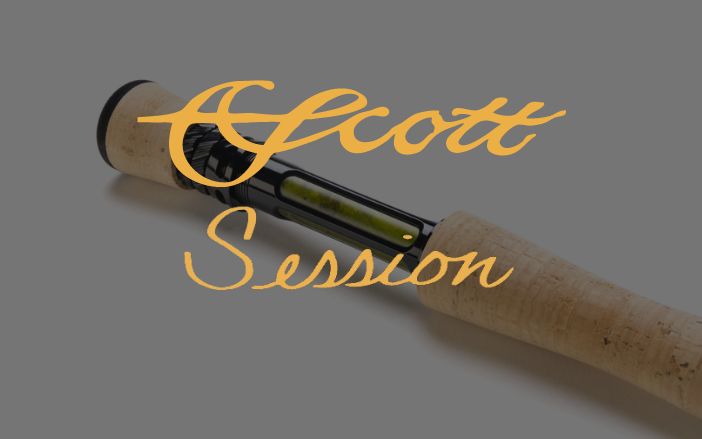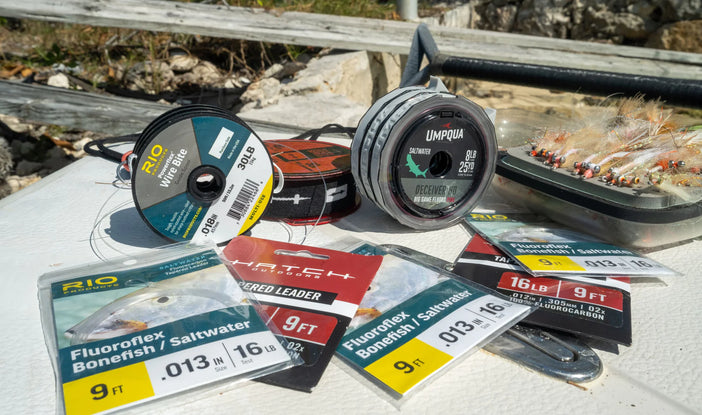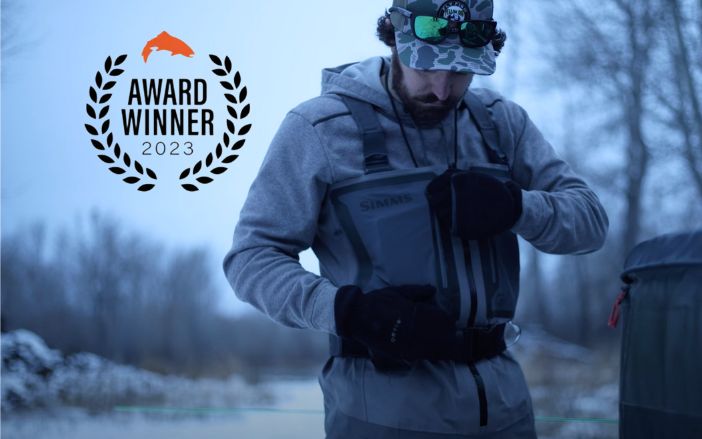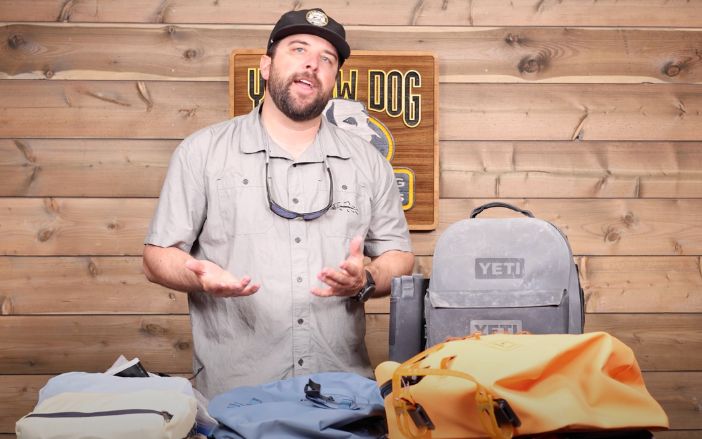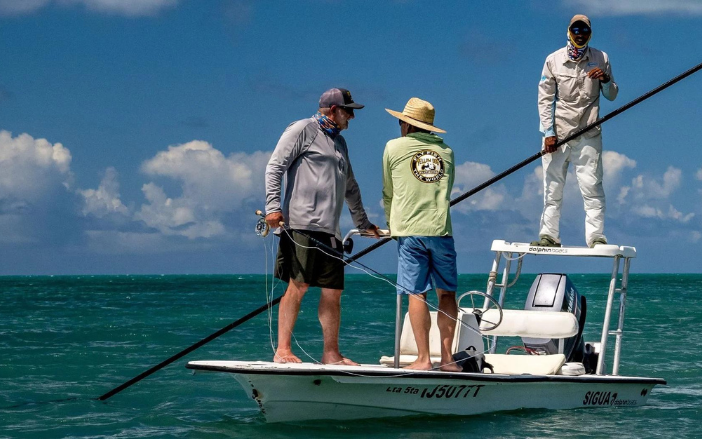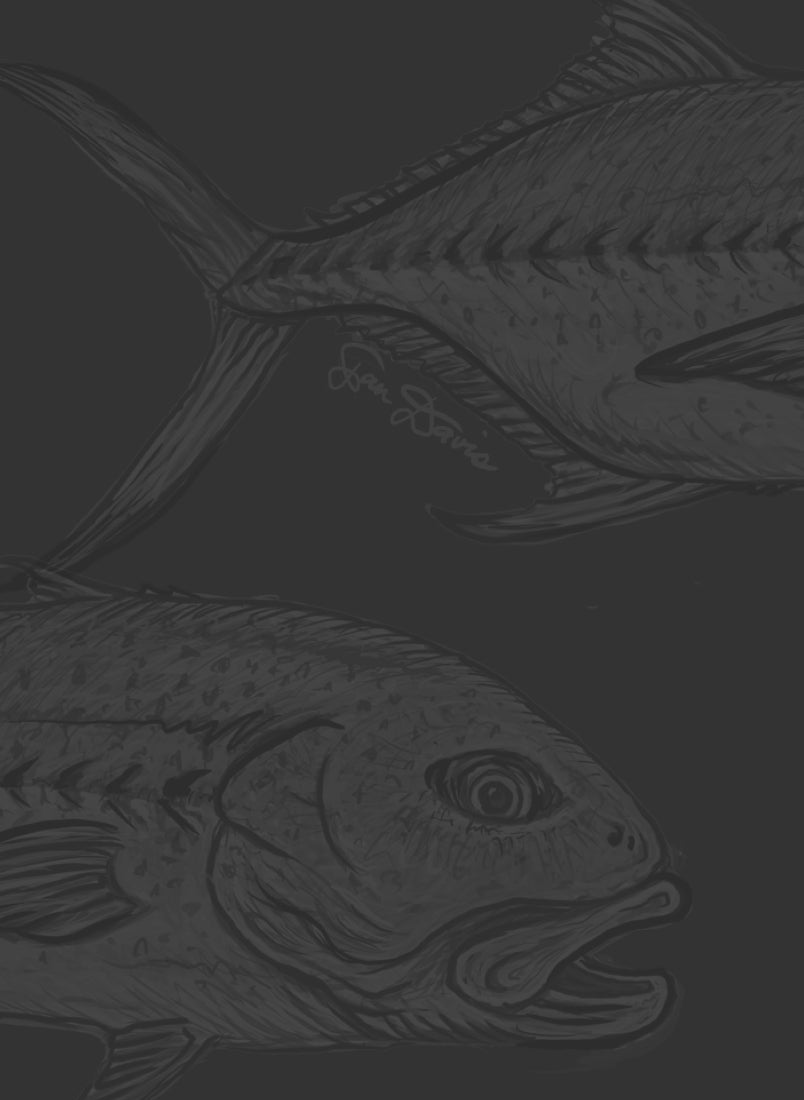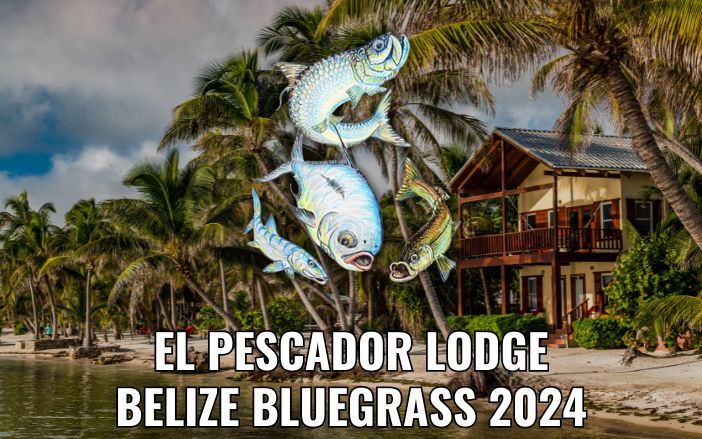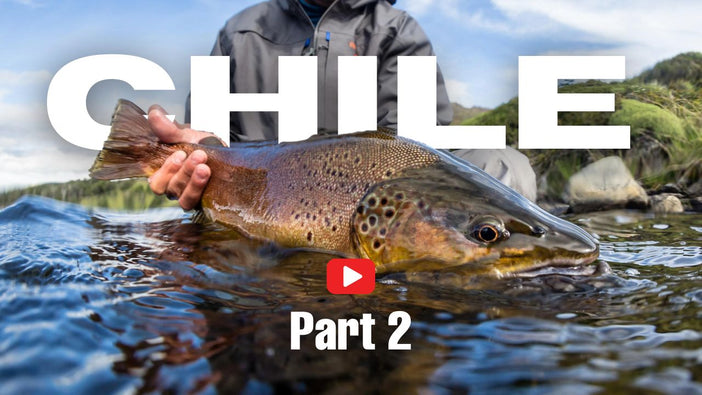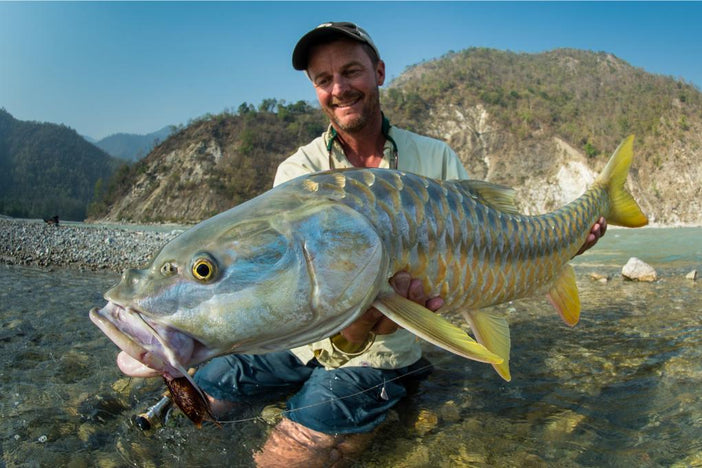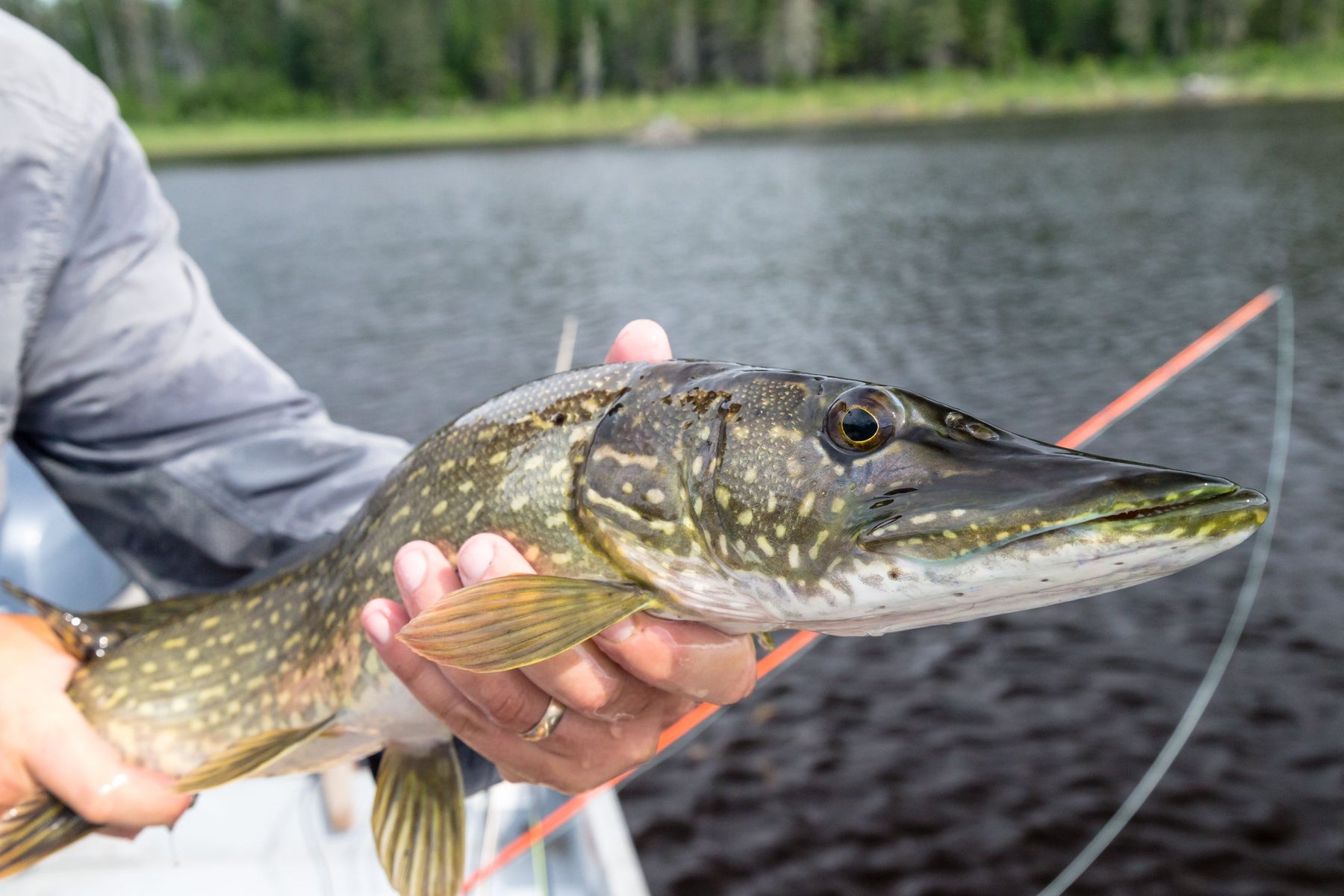When talking about the holy grail of pike fishing, there are few freshwater experiences more electrifying than catching a pike on the fly. For many anglers, targeting northern pike on the fly can offer some of the most aggressive takes that you will find anywhere in the world; a defining factor that makes them an incredible species to target.
Imagine yourself standing in your boat sight fishing the grass edges in the shallows for a merciless predator. You throw out a fly that’s as long as your forearm. Then, watching your retrieve, the calm water surface suddenly erupts in a violent explosion as the visual take of a pike destroys your fly with tremendous speed and power.
Pike is a lethal fish because they prey on just about everything ranging from other fish, birds, rodents, and amphibians. Named for their resemblance to the ancient pole weapon known as the pike, this ambush predator’s attack mimics their namesake. They will lie and wait, holding perfectly still for long periods until their prey comes near. Being the fastest accelerating freshwater fish, when they do go for the fly, it happens incredibly quickly exhibiting remarkable acceleration as they strike. For them, the hunt is always on.
Where to Find Pike in the Water

So how does an angler go about catching one on the fly?
First, you need to understand where they will be lingering in the water.
Pike are found primarily in sluggish streams and shallow, weed beds, and aquatic grasses in lagoons and lakes. You will also find them in areas near big drops. As territorial, predatory fish, they will often cruise these areas on the hunt. Often you’ll be able to see them from your casting platform on the boat. They will be in plain view being completely still. For the most part, the location, the conditions, and the type of water are really going to be your best factors for getting a pike to eat your fly.
Generally speaking, pike like being in the sunshine. They can be found in shallow water and being cold-blooded fish, they use heat to get themselves active and into feeding mode. Sight fishing can be very effective on days where water is clear, however, it’s not uncommon to blind cast on overcast and rainy days. If it’s an especially cold day, pike may be slightly more sluggish and less inclined to feed.
Choosing the Right Flies for Pike

Typical flies used to target pike can be anywhere from 6-18 inches in length. They can vary from topwater flies like a mouse, frog, or popper patterns to using variations of streamer flies made from deer hair, rabbit fur, and lots of feathers wrapped around big hooks. Usually, the flies used are big and flashy to entice a strike. At times the uglier and the bigger the fly is, the better!
Topwater patterns are very effective because they churn up water and make noise. When you cast using a topwater pattern like a mouse, frog, or popper and start stripping, pike aggression will kick in and they will suddenly b-line straight for it.
Sometimes you’ll even see the fast-moving wakes from 2, 3, or even 5 pike chasing your fly all at once.
Click here for a full list of our recommended pike flies
Equipment For Pike Fishing on the Fly

Like all successful destination fly fishing trips, the right preparation and equipment will be crucial.
Anglers need to be able to cast big rods and flies consistently over a long period of time. A good pike set up at a pike-focused destination like Midnight Sun in Alaska is a 10wt rod with a floating or intermediate line using a straight 65lb wire leader. The reason for utilizing a 10wt fly rod isn't necessarily because of the fight. In fact, pike are not notorious for putting up insane fights on a fly rod. Most pike anglers are in it for the ferocious takes (or eats) from an extremely territorial predator. Instead, the heavier fly rod is necessary to cast large fly lines with a heavy front shooting head as well as big fly patterns.
Neglecting to use wire leaders, your gear will immediately be shredded from these fish. Like their saltwater cousins, barracuda, pike have sharp teeth that will break your monofilament or fluorocarbon tippet.
Techniques for catching pike on the fly
Mixing up your approach tends to work well. By reading what the fish are doing, you can see how they are reacting. If you don’t get a reaction the first time, put it back in there! You can throw your fly out again as well as an interchange between slow and fast stripping techniques which will often entice a strike.
The most important thing to remember when fly fishing for pike is that they are territorial and defensive. That bit of information unlocks all secrets to successfully hooking a pike. Remember as a kid playing the "I'm not touching you!" game? Think of fly fishing for pike the same way. Be annoying with your fly - brush it across their long nose or play a bit of cat and mouse.
Practicing your casting beforehand is really beneficial to increasing your trip success. Those super laser tight loops you've been practicing? Leave that at home. Practice being able to huck a big rod with a big fly at short distances with wider loops. Most shots an angler can expect to make will be within 20-30 feet from your boat.

Related Articles:
- The Most Pristine Trout Fisheries in the World
- Booking a Fly Fishing Trip in Advance: Why it matters so much
- 2 Other-Worldly Canada Fly-In Fishing Trips and Experiences
Recommended Fly Fishing Experiences for Pike Anglers:
- Midnight Trophy Pike Adventures (Alaska)
- Gangler's North Seal River Lodge (Canada)
- Miminiska Lodge (Canada)






